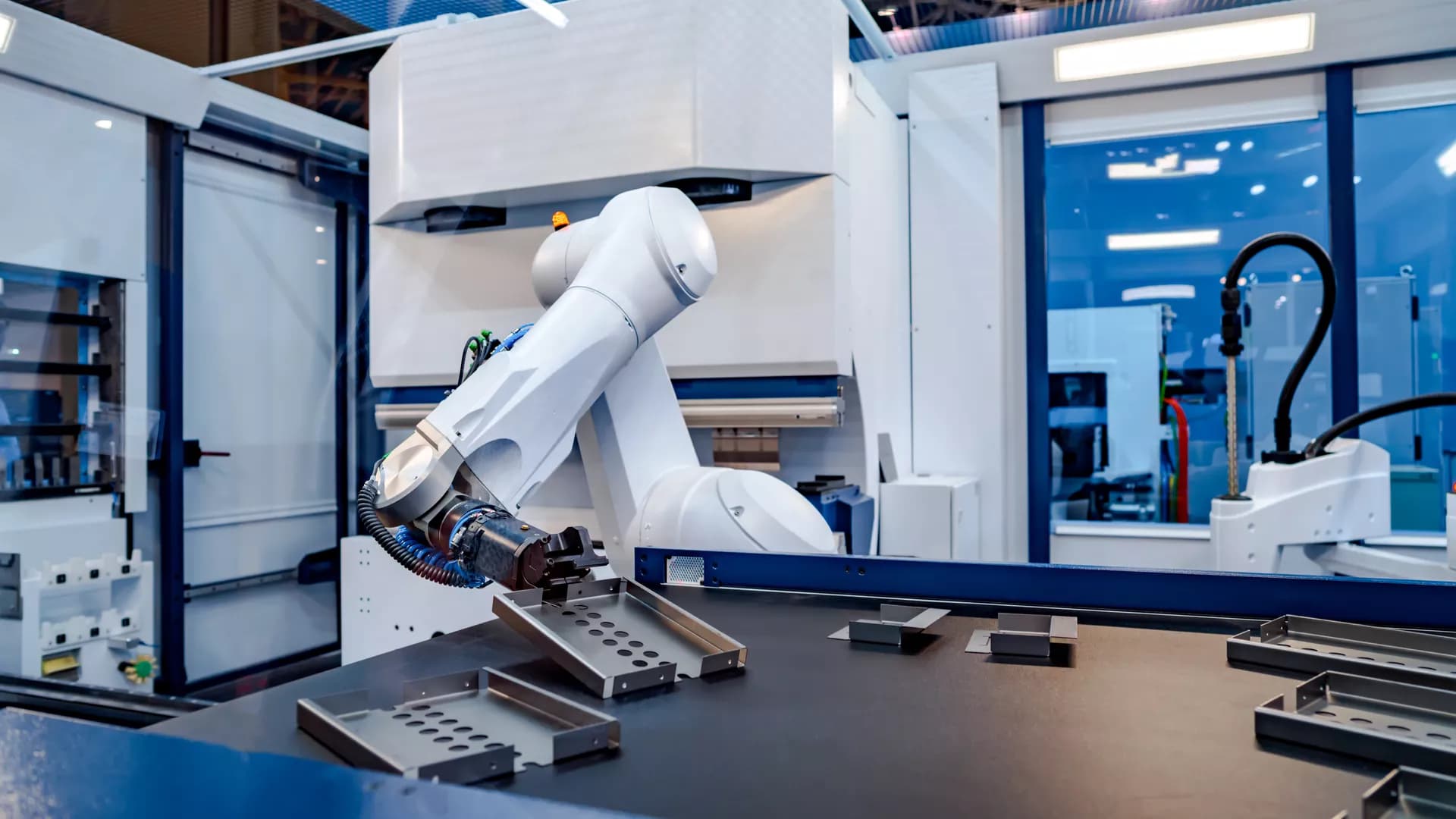Underwater infrastructure, such as pipelines, requires regular inspection and maintenance including cleaning, welding of defects and valve-turning or hot-stabbing. At the moment, these tasks are mostly performed by divers and Remotely Operated Vehicles (ROVs) but the use of intervention Autonomous Underwater Vehicles (intervention-AUVs) can greatly reduce operation time, risk, and cost. However, autonomous underwater manipulation has not yet reached a high technological readiness and is an intensively researched topic. This review identifies key requirements based on necessary inspection and maintenance methods, linking them to the current technology and deriving major challenges which need to be addressed in development. These include the handling of tools, where a separation between handheld and mounted tools is detected in already employed underwater intervention vehicles such as the Sabertooth by Saab Seaeye or the Aquanaut by Nauticus robotics, two vehicles capable of semi-autonomous intervention. The main challenge identified concerns high level autonomy, i.e., the process of decision-making. This process includes detecting the correct point of interest, maximizing the workspace of the manipulator, planning the manipulation considering required forces, and monitoring the progress to allow for corrections and high quality results. In order to overcome these issues, reliable close range sensing and precise end point navigation is needed. By identifying these persisting challenges, the paper provides inspiration for further development directions in the field of autonomous underwater intervention.
Despite recent advances in robotic technology, sewer pipe inspection is still limited to conventional approaches that use cable-tethered robots. Such commercially available tethered robots lack autonomy, and their operation must be manually controlled via their tethered cables. Consequently, they can only travel to a certain distance in pipe, cannot access small-diameter pipes, and their deployment incurs high costs for highly skilled operators. In this paper, we introduce a miniaturised mobile robot for pipe inspection. We present an autonomous control strategy for this robot that is effective, stable, and requires only low-computational resources. The robots used here can access pipes as small as 75 mm in diameter. Due to their small size, low carrying capacity, and limited battery supply, our robots can only carry simple sensors, a small processor, and miniature wheel-legs for locomotion. Yet, our control method is able to compensate for these limitations. We demonstrate fully autonomous robot mobility in a sewer pipe network, without any visual aid or power-hungry image processing. The control algorithm allows the robot to correctly recognise each local network configuration, and to make appropriate decisions accordingly. The control strategy was tested using the physical micro robot in a laboratory pipe network. In both simulation and experiment, the robot autonomously and exhaustively explored an unknown pipe network without missing any pipe section while avoiding obstacles. This is a significant advance towards fully autonomous inspection robot systems for sewer pipe networks.

![Possible external forces acting on the underactuated parallelogram crawler [(A): forces of each rigid body, (B): forces of the tracked belt, (C): forces in the cross-sectional view].](https://www.frontiersin.org/_rtmag/_next/image?url=https%3A%2F%2Fwww.frontiersin.org%2Ffiles%2FArticles%2F1234835%2Ffrobt-10-1234835-HTML%2Fimage_m%2Ffrobt-10-1234835-g007.jpg&w=3840&q=75)



